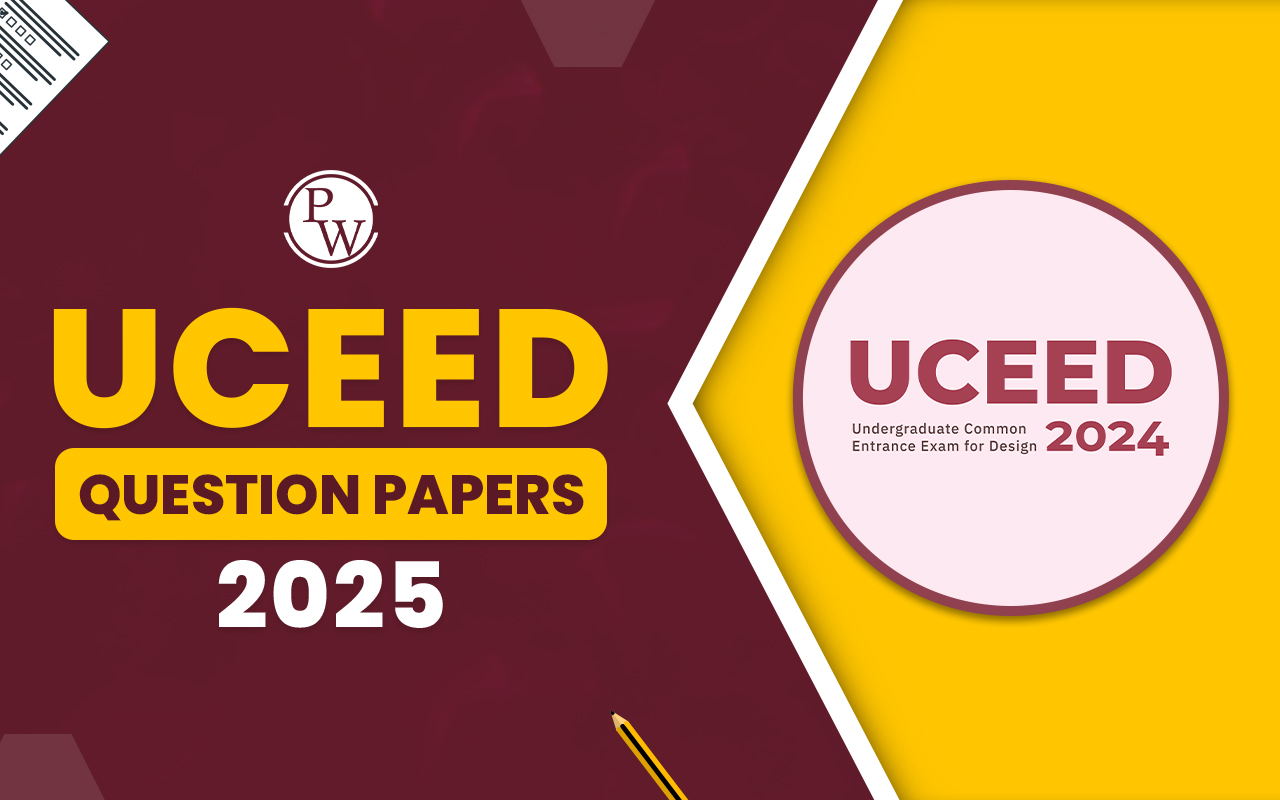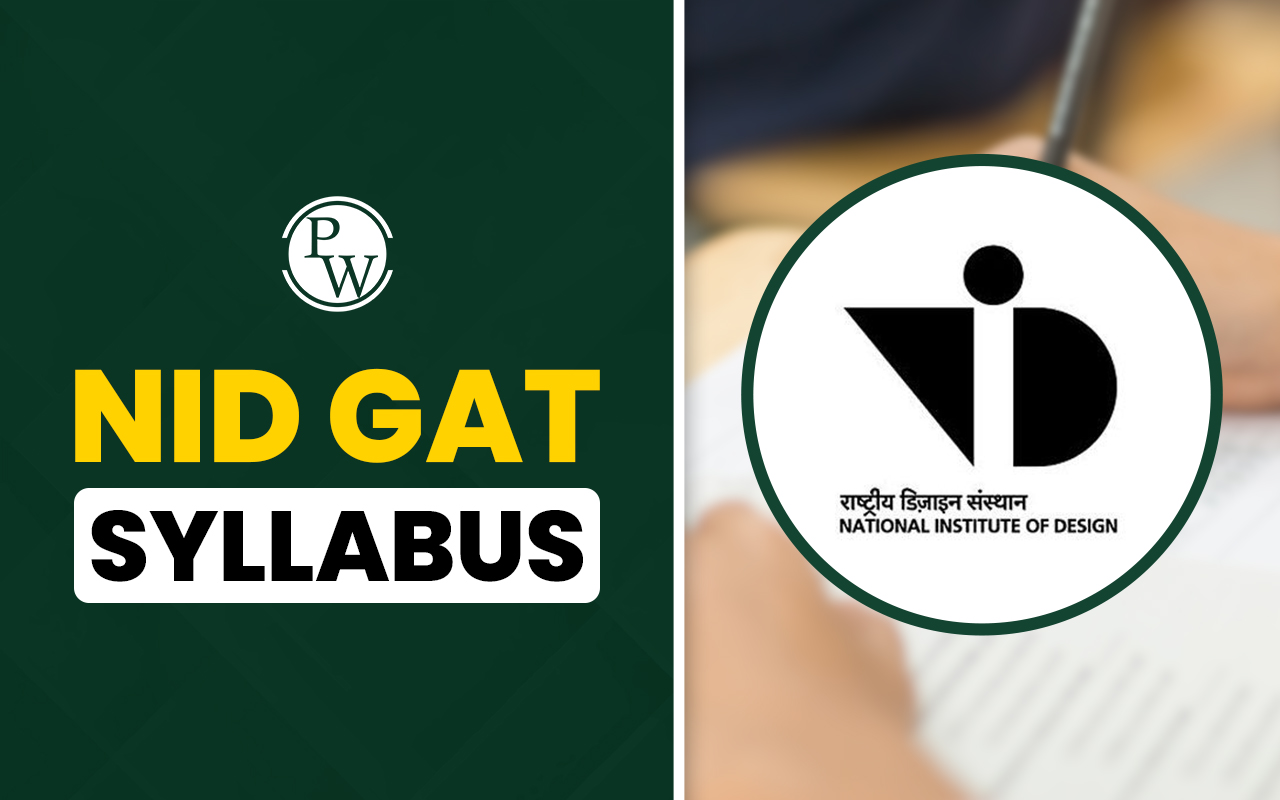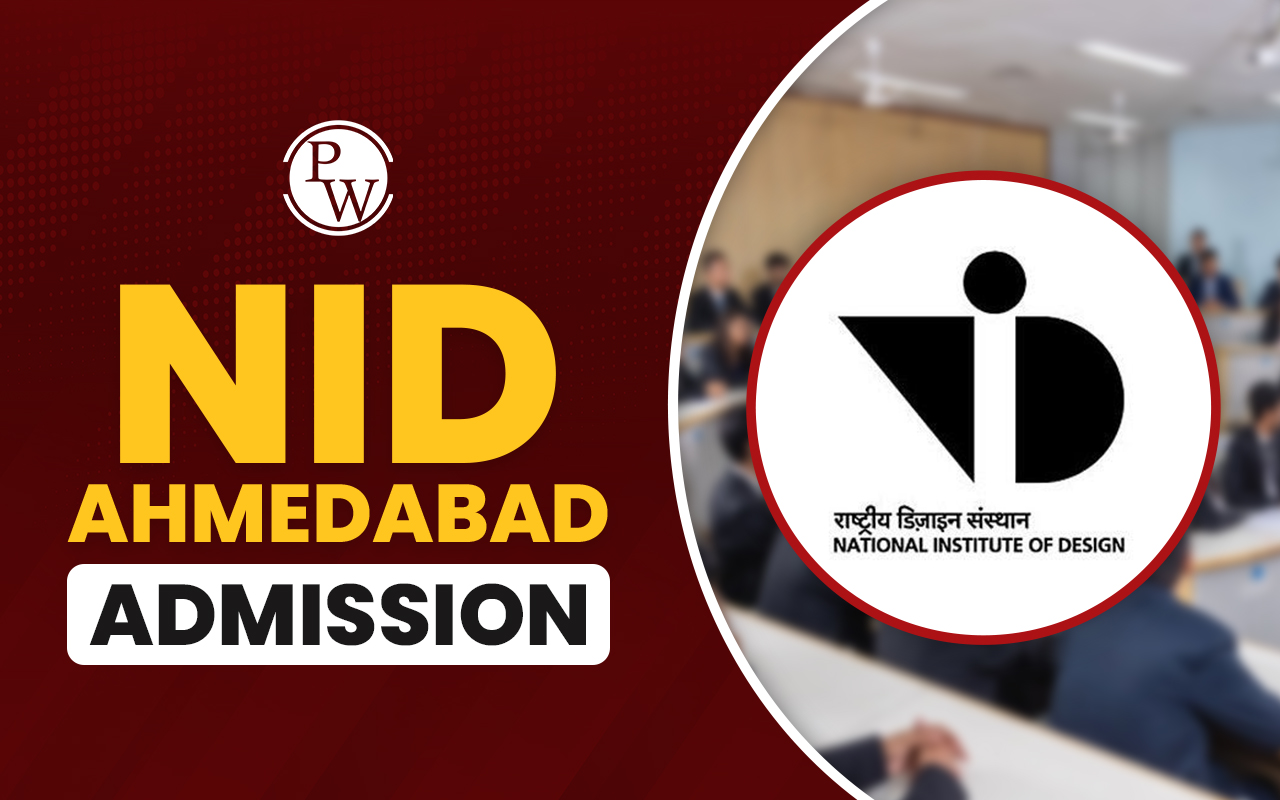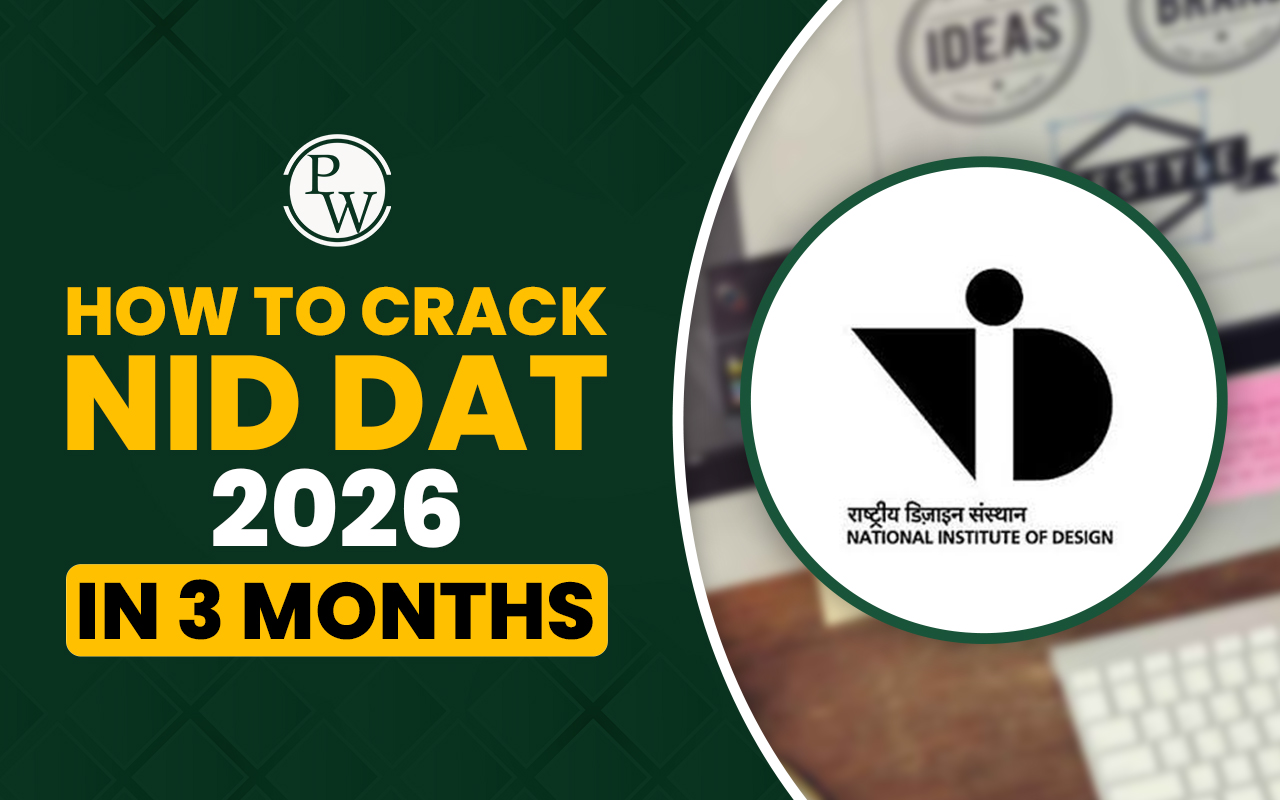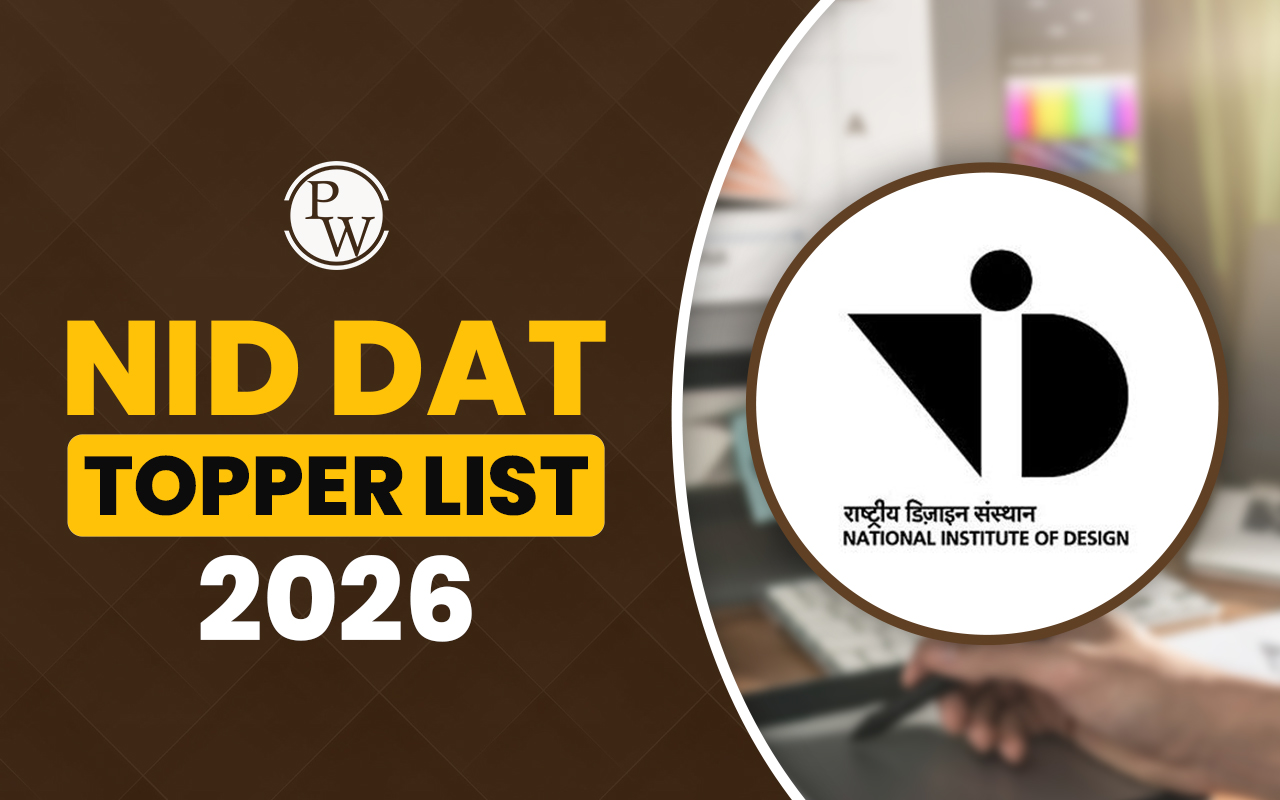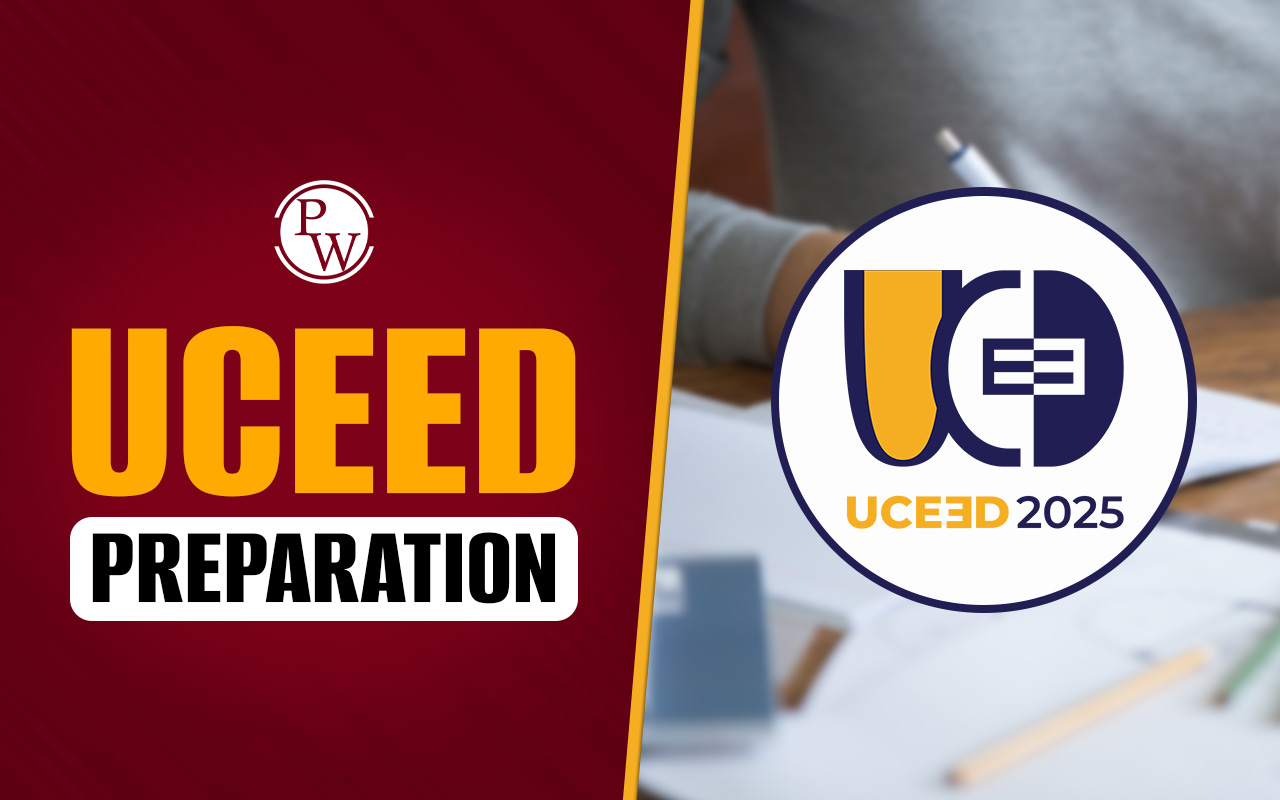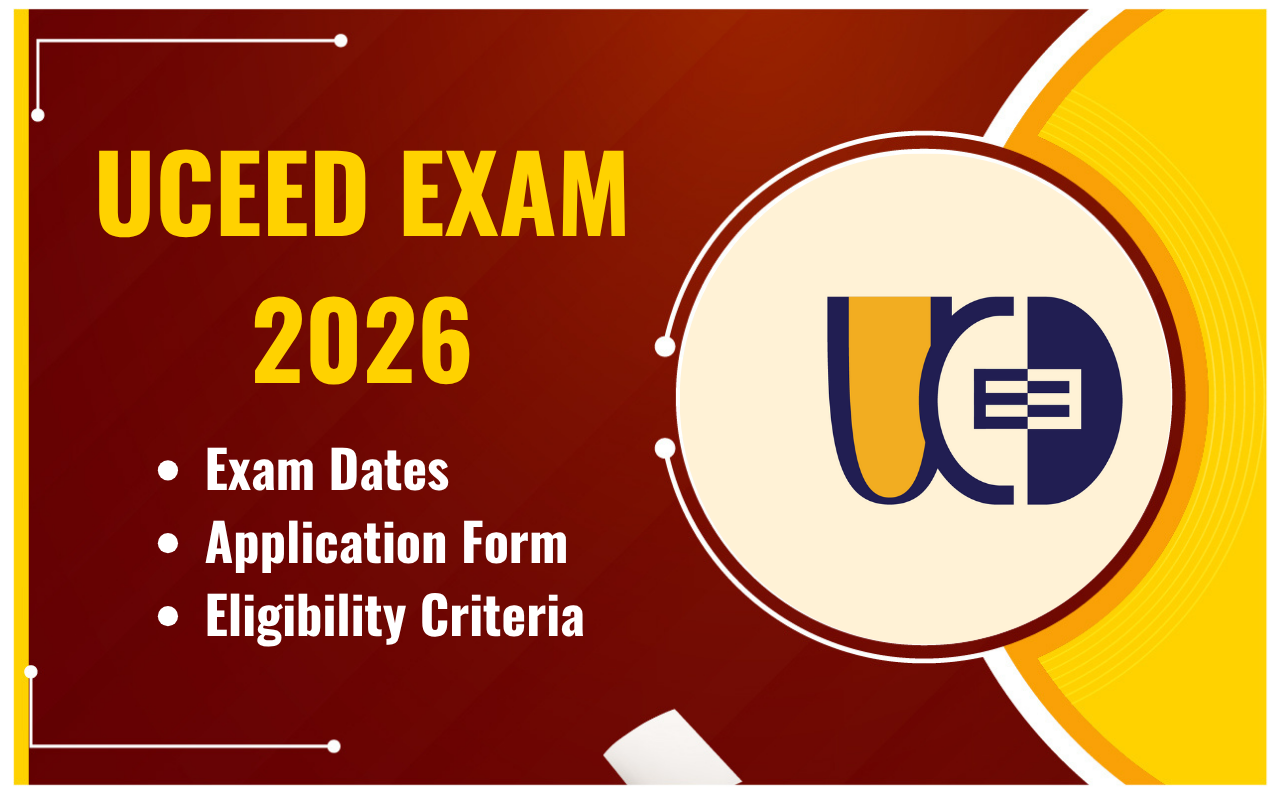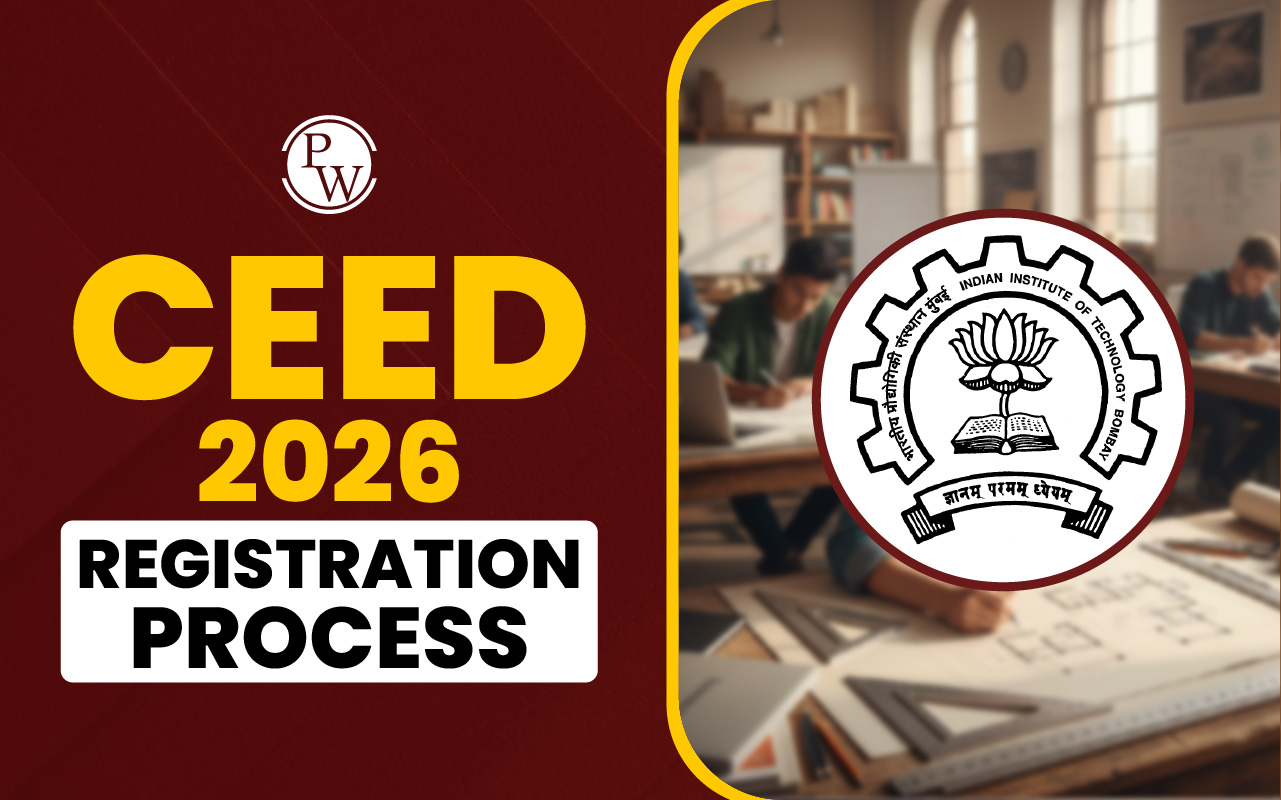

Difference Between CAT and GAT for NIFT 2025: The NIFT Entrance Exam is a national-level exam conducted for admission to various UG and PG programs in design, technology, and fashion at the National Institute of Fashion Technology. Difference between CAT and GAT for NIFT 2025 is that CAT is held in offline mode, whereas GAT is conducted in online mode. CAT evaluates candidates' ability to think visually and come up with innovative design solutions. In contrast, GAT tests a candidate’s general aptitude, including logical reasoning, quantitative ability, and general knowledge.
NIFT CAT vs GAT Overview
Creative Ability Test (CAT) and General Ability Test (GAT) are the two key components of the NIFT entrance exam. Candidates seeking admission to design courses through NIFT are required to clear both tests. While the CAT evaluates a candidate's creativity, design thinking, and visual skills, the GAT tests general aptitude, logical reasoning, and knowledge in various subjects. The major difference between CAT and GAT is based on the mode of examination. CAT is conducted in offline mode, while GAT is held in online mode. The table below highlights the key aspects of both CAT and GAT for NIFT 2025 .| Particulars | NIFT CAT Exam | NIFT GAT Exam |
| Mode of Exam | Offline | Online |
| Total Marks | 100 marks for both B.Des and M.Des | B.Des: 100 marks, M.Des: 120 marks |
| Exam Duration | 2 hours | 2 hours |
| Skills Tested | Creativity, Design thinking, and Visual skills | General aptitude, Logical reasoning, and Knowledge in various subjects. |
| Weightage | B.Des: 50%, M.Des: 40% | 30% for both B.Des and M.Des |
What is CAT in NIFT 2025?
The CAT (Creative Ability Test) in NIFT 2025 is held for admission to B.Des and M.Des design courses. This test is designed to assess a candidate's creative thinking, designing skills, and visualization abilities. It typically involves tasks like sketching, drawing, and conceptualizing designs based on given prompts or themes. For M.Des, NIFT CAT carries 40% weightage and for B.Des it is 50%.What is GAT in NIFT 2025?
The GAT (General Ability Test) in NIFT 2025 is a critical component of the entrance exam for admission to various undergraduate and postgraduate programs at the National Institute of Fashion Technology (NIFT). It evaluates a candidate’s general aptitude, logical reasoning, and analytical abilities. The test includes subjects like quantitative ability, English comprehension, general knowledge, current affairs, and logical reasoning. NIFT GAT is a computer-based test having objective questions. Read More: NIFT College in Delhi, Admission, Eligibility Criteria, PlacementsCAT vs GAT Syllabus
Both CAT and GAT exams aim to assess different aspects of a candidate's skills, with CAT focusing on creativity and GAT on intellectual ability. The NIFT CAT syllabus focuses on evaluating a candidate's creative ability, including their skills in sketching, designing, and visualizing concepts. On the other hand, the NIFT GAT syllabus covers a range of subjects to test a candidate's general aptitude, such as logical reasoning, quantitative ability, general knowledge, and English comprehension. The NIFT CAT and GAT syllabus is given below separately to easily understand the difference between CAT and GAT.NIFT CAT Syllabus
The NIFT CAT syllabus includes the following topics.- Theory of Design
- Colors and their dynamism
- Basics of Drawing
- Fundamentals and Principles of Design
- Development of design in the natural environment
- Developing the Idea of shades and lights
- Optical illusion and the world of colors
- Innovation, Imagination, and creation
- Creative Writing and Writing Skills
- Design and Innovation
- Themes, colors, and mood
- Intelligence based drawing
- Shapes and Functions
- Evolution of theme
- Natural and Geometric Shapes and forms
- Application of measurement tools Scales and Proportion
- Intelligence based drawing
- Color composition and its components
- 2D and 3D modelling
- Analysis of Pictures
- Creative Inspiration
- Optical logic
NIFT GAT Syllabus
The following topics and subjects are included in the NIFT GAT syllabus.- Logical and Analytical Questions
- Understanding of English and Communication Skills
- Verbal and Non-Verbal Reasoning
- Current News and GK
CAT vs GAT Exam Pattern
The GAT exam is objective in nature, while CAT is more subjective, evaluating practical design skills. Both CAT and GAT test different competencies required for admission to NIFT programs. The exam pattern gives insights into the structure and format of the test, helping candidates understand the types of questions they will encounter and the time allocated for each section. Understanding the NIFT exam pattern enables candidates to effectively manage their time and approach each section with confidence. The NIFT CAT (Creative Ability Test) exam pattern focuses on testing a candidate’s creative skills and design aptitude. It typically includes tasks such as sketching, drawing, and designing, where candidates are required to demonstrate their ability to visualize and conceptualize ideas. The NIFT GAT (General Ability Test), on the other hand, consists of multiple-choice questions (MCQs) that assess a candidate's general knowledge, logical reasoning, quantitative ability, and English comprehension.NIFT GAT Exam Pattern for B.Des and M.Des
The following table highlights the important aspects of the exam pattern for B.Des and M.Des.| Section | B.Des | M.Des |
| Quantitative Ability | 20 | 20 |
| Communication Ability | 25 | 30 |
| English Comprehension | 25 | |
| Analytic Ability and Logical Ability | 15 | 25 |
| General Knowledge and Current Affairs | 15 | 15 |
CAT vs GAT Weightage
One of the differences between CAT and GAT in NIFT 2025 is their weightage in different courses. For B.Des and M.Des admission, GAT constitutes 30%, while for M.F.Tech and MFM, it is 70%. The following table provides the distribution of CAT and GAT for various design exams through NIFT entrance exam.| Programs | CAT | GAT |
| B.Des | 50% | 30% |
| M.Des | 40% | 30% |
| B.F.Tech | - | 100% |
| M.F.Tech | - | 70% |
| MFM | - | 70% |
NIFT CAT vs GAT: Difference Between CAT and GAT for NIFT 2025 FAQs
What is the exam pattern of CAT in NIFT entrance exam?
CAT includes subjective questions that require candidates to create designs or sketches based on given prompts, thus assessing their creativity and practical design ability.
What is the exam pattern of GAT in NIFT?
GAT is an objective paper and is conducted in online mode. It includes questions based on reasoning, English comprehension, and current affairs. Candidates have to clear both CAT and GAT tests in the NIFT entrance exam.
What is the weightage of CAT for B.Des and M.Des exams through NIFT?
For B.Des, CAT constitutes 50% weightage in the NIFT exam, while for M.Des, it is 40%. To clear the NIFT entrance exam, candidates have to clear both CAT and GAT.
Which NIFT programs require CAT and GAT?
CAT is primarily for admission to design programs such as M.Des and BDes, whereas GAT is required for all NIFT programs, including BTech, MDes, and BDes, as well as for MFM (Master of Fashion Management) programs.
What is the difference between CAT and GAT in the NIFT 2025 exam?
The CAT (Creative Ability Test) assesses a candidate's creative and design skills, focusing on tasks like sketching and visualizing concepts, while the GAT (General Ability Test) evaluates a candidate's general aptitude, including logical reasoning, quantitative ability, and general knowledge.
Talk to a counsellorHave doubts? Our support team will be happy to assist you!

Check out these Related Articles
Free Learning Resources
PW Books
Notes (Class 10-12)
PW Study Materials
Notes (Class 6-9)
Ncert Solutions
Govt Exams
Class 6th to 12th Online Courses
Govt Job Exams Courses
UPSC Coaching
Defence Exam Coaching
Gate Exam Coaching
Other Exams
Know about Physics Wallah
Physics Wallah is an Indian edtech platform that provides accessible & comprehensive learning experiences to students from Class 6th to postgraduate level. We also provide extensive NCERT solutions, sample paper, NEET, JEE Mains, BITSAT previous year papers & more such resources to students. Physics Wallah also caters to over 3.5 million registered students and over 78 lakh+ Youtube subscribers with 4.8 rating on its app.
We Stand Out because
We provide students with intensive courses with India’s qualified & experienced faculties & mentors. PW strives to make the learning experience comprehensive and accessible for students of all sections of society. We believe in empowering every single student who couldn't dream of a good career in engineering and medical field earlier.
Our Key Focus Areas
Physics Wallah's main focus is to make the learning experience as economical as possible for all students. With our affordable courses like Lakshya, Udaan and Arjuna and many others, we have been able to provide a platform for lakhs of aspirants. From providing Chemistry, Maths, Physics formula to giving e-books of eminent authors like RD Sharma, RS Aggarwal and Lakhmir Singh, PW focuses on every single student's need for preparation.
What Makes Us Different
Physics Wallah strives to develop a comprehensive pedagogical structure for students, where they get a state-of-the-art learning experience with study material and resources. Apart from catering students preparing for JEE Mains and NEET, PW also provides study material for each state board like Uttar Pradesh, Bihar, and others
Copyright © 2025 Physicswallah Limited All rights reserved.
